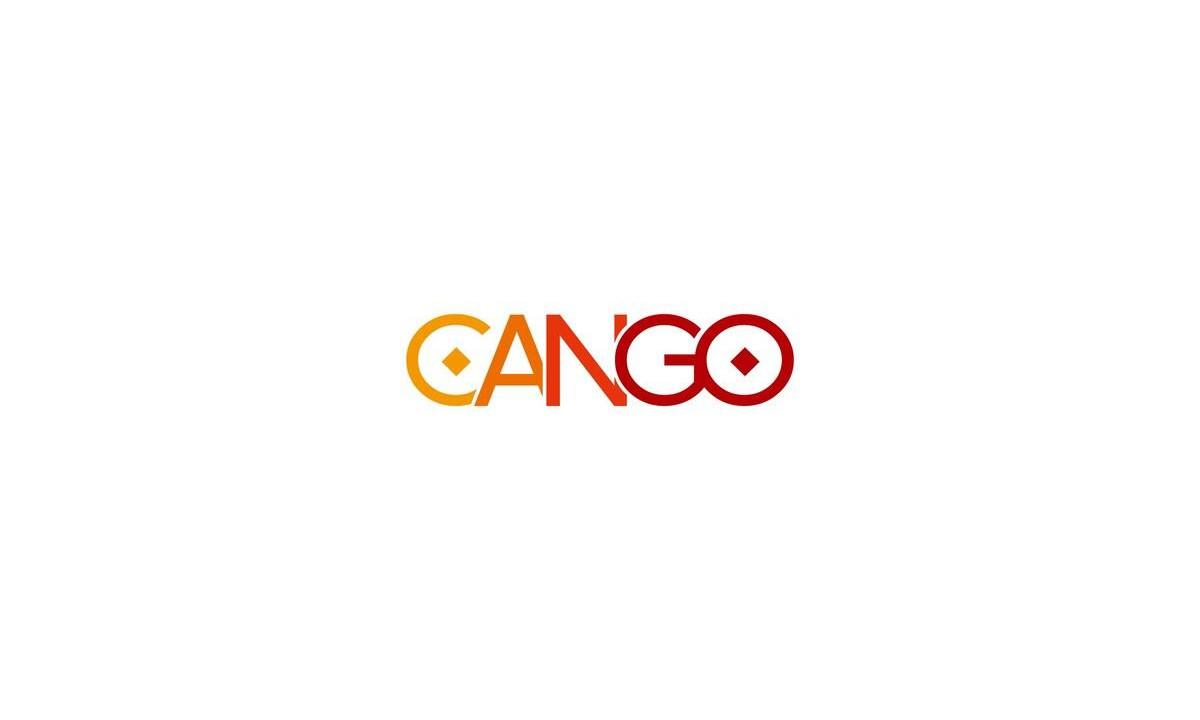Peer-to-peer lending, also known as P2P lending, crowdlending, or social lending, is a financial model that allows borrowers to directly connect with lenders, eliminating the need for traditional banking intermediaries. In this lending scenario, lenders are referred to as “investors” who provide loans to qualified applicants. A P2P platform, acting as an intermediary website, sets the lending rates and terms, facilitating the transaction once both parties agree.
To fully understand the concept of P2P lending, it is essential to grasp the traditional banking model. Typically, when individuals apply for a loan, they submit an application to a bank. The bank then evaluates their creditworthiness and other relevant factors before deciding whether to grant the loan and determine the terms. Once agreed upon, the bank acquires the capital from the central bank or its customers’ savings deposits.
This traditional method faces several challenges:
- Banks have strict risk management strategies that often disqualify individuals with poor credit scores or no credit history.
- Banks usually offer unfavorable rates and apply fees, increasing the cost of repayments.
- The traditional banking system can be slow due to a lack of innovation and resistance to adopting new technology.
What is Traditional P2P Lending?
Traditional P2P lending occurs when two parties exchange fiat currencies (such as USD, GBP, or YEN) outside the conventional banking system. Platforms like Prosper, Lending Club, and Peerform offer multiple loans with competitive interest rates and low fees. These platforms highlight borrower qualifications upfront to streamline the application process.
With traditional P2P lending, the platform acts as an intermediary, connecting borrowers with investors. Borrowers submit loan applications, which are then evaluated by the platform. The platform assesses the creditworthiness of the borrowers and determines their eligibility for a loan. Once approved, the loan terms, including interest rates and repayment periods, are set by the platform.
Investors on these platforms can browse through various loan listings and choose to fund loans that align with their risk tolerance and investment goals. The platform facilitates the transfer of funds from the investor to the borrower, taking a small fee for its services.
What is Cryptocurrency P2P Lending?
In recent years, P2P lending has evolved with the introduction of cryptocurrencies, particularly the Ethereum blockchain. Cryptocurrency P2P lending allows borrowers and lenders to access financial services outside traditional banking infrastructure using decentralized networks and smart contracts. This is commonly referred to as decentralized finance (DeFi).
Blockchain technology enables borrowers and lenders to engage in loan arrangements without intermediaries. Smart contracts automatically execute loan terms, facilitating trustless transactions between parties. Collateral, usually in fiat or digital currencies, is required for crypto-based P2P loans. It is held in a smart contract on an intermediary website or crypto P2P platform, following the agreed terms.
The maximum borrowing amount is determined by the value of the collateral provided. This is known as the collateral factor or collateral ratio. Creditworthiness evaluation is not necessary since lenders generally remain anonymous. Lenders earn interest from borrowers at a pre-agreed rate. Some crypto P2P platforms offer incentives and bonuses to attract more lenders and ensure a functioning lending ecosystem.
Popular crypto-based P2P lending projects include Aave, Compound, and MakerDAO. These decentralized platforms provide lending services to anyone with internet access and sufficient funds for collateral. Operating 24/7, they offer more efficient services compared to traditional banking.
Furthermore, there is no need for a Know Your Customer (KYC) process, allowing lenders and borrowers to interact anonymously. However, one of the main criticisms of crypto P2P lending is the steep learning curve associated with the process, especially for those unfamiliar with cryptocurrency transactions. Major platforms often have clunky user experiences, and concerns about platform safety and security persist due to past hacks and exploits.
As the industry continues to grow and address these challenges, crypto P2P lending platforms are expected to play a larger role in our financial future, offering a simpler, more accessible, and cost-effective form of lending.
Author: Michael is the General Manager at Invezz.com, overseeing the brands’ strategy and growth. With over 10 years of experience in start-ups, comparison brands, and marketing strategies, he has a deep interest in decentralized technologies, environmental initiatives, and projects that promote a fairer society. In his spare time, he engages in trading, traveling, and charitable endeavors.














